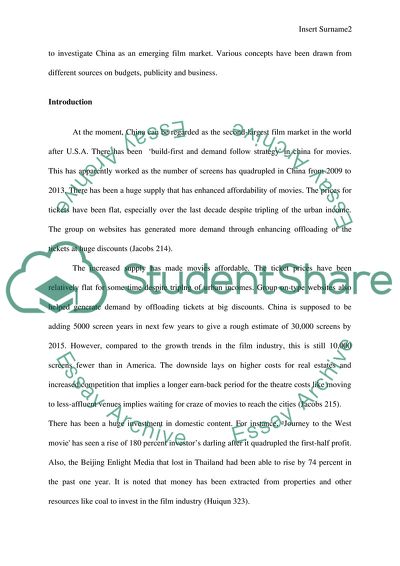Cite this document
(Film Publicity in China Case Study Example | Topics and Well Written Essays - 2750 words, n.d.)
Film Publicity in China Case Study Example | Topics and Well Written Essays - 2750 words. https://studentshare.org/visual-arts-film-studies/1818221-china-as-emerging-film-market
Film Publicity in China Case Study Example | Topics and Well Written Essays - 2750 words. https://studentshare.org/visual-arts-film-studies/1818221-china-as-emerging-film-market
(Film Publicity in China Case Study Example | Topics and Well Written Essays - 2750 Words)
Film Publicity in China Case Study Example | Topics and Well Written Essays - 2750 Words. https://studentshare.org/visual-arts-film-studies/1818221-china-as-emerging-film-market.
Film Publicity in China Case Study Example | Topics and Well Written Essays - 2750 Words. https://studentshare.org/visual-arts-film-studies/1818221-china-as-emerging-film-market.
“Film Publicity in China Case Study Example | Topics and Well Written Essays - 2750 Words”. https://studentshare.org/visual-arts-film-studies/1818221-china-as-emerging-film-market.


